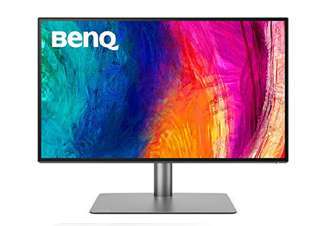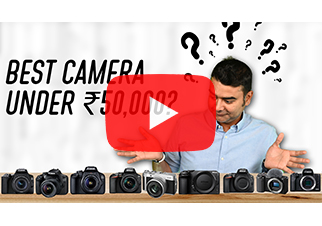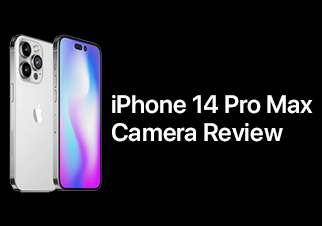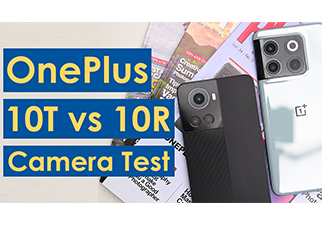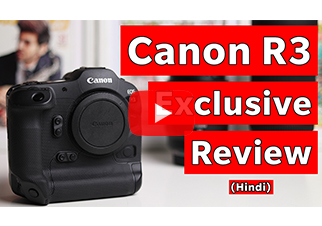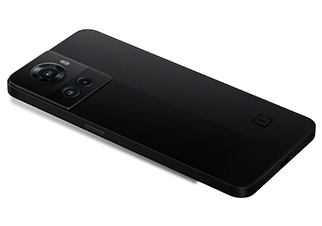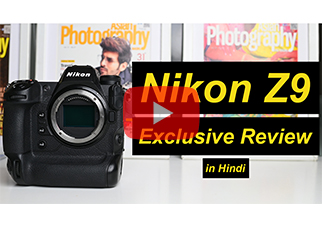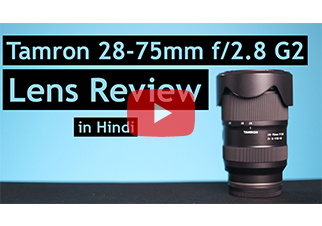Whether you’re a graphic designer, photographer, or video editor, the BenQ PD2725U will transform your creative endeavours? In this review, we’ll explore the exceptional features that make the BenQ PD2725U stand out in the professional monitor market. From incredible visual clarity to lifelike colour accuracy and seamless integration of advanced technologies, this monitor is revolutionising creative workflows.
Design and display
Unveiling the BenQ PD2725U is an instant feast for the eyes, as its sleek and minimalist design captivates the senses. This magnificent monitor showcases a 27-inch IPS panel that mesmerises with its breath-taking 4K UHD resolution, boasting an astonishing 3840×2160 pixels. Prepare to be immersed in a world of unrivalled visual clarity and an extraordinary level of detail that brings your content to life like never before. Emphasising its commitment to excellence, the PD2725U presents users with a remarkable 100% sRGB colour gamut. This ensures that every hue and shade is portrayed with utmost accuracy and authenticity, providing a canvas where creativity can flourish. Whether you’re a graphic designer, photographer, or video editor, this monitor guarantees that your creations will be brought to fruition with lifelike precision. What sets the PD2725U apart is its exceptional HDR10 support, a feature that elevates your viewing experience to new heights. By enabling enhanced dynamic range and brighter highlights, the monitor delivers a visually stunning and immersive display. Dive into a realm where colours burst with vibrancy and every subtle nuance is revealed in striking clarity.
Furthermore, the PD2725U offers seamless playback of HDR content, making it an absolute gem for multimedia enthusiasts and professionals alike. From enjoying your favourite HDR-enabled movies and series to working with HDR content in graphic-intensive applications, this monitor is an ideal choice for those seeking the pinnacle of visual excellence.
Ergonomics and connectivity
The PD2725U monitor from BenQ is designed to make users feel comfortable. It comes with a special stand that can be adjusted to different heights and angles. This means you can set it up exactly the way you like it, so you can see the screen without straining your neck or eyes. It can even be turned sideways if you prefer a portrait view instead of the usual landscape view.
When it comes to connecting the monitor to other devices, you have plenty of options. There are two HDMI ports, a DisplayPort, a USB Type-C port that can also charge your device, and a USB hub with multiple ports. This means you can easily connect your laptop, desktop computer, or other devices to the monitor without any hassle. It’s really convenient because you don’t have to worry about compatibility issues.
The PD2725U monitor is a great choice for designers and programmers who need a comfortable and versatile display. With its adjustable stand and various connectivity options, it’s easy to create a setup that works perfectly for you. You can focus on your work without any discomfort and easily connect all your devices for a seamless experience.
Colour accuracy and calibration
In the creative industry, getting the right colours is really important. That’s where the BenQ PD2725U monitor comes in. It’s specially designed to make sure the colours you see on the screen are accurate. In fact, it even comes with a report that shows how well it’s calibrated at the factory. This means that right out of the box, you can trust that the colours you see on the monitor are true to life. This is especially useful for tasks like adjusting colours in videos, editing photos, or creating graphics. When you have a monitor that accurately represents colours, you can be confident that your work will look the way you intended it to be.
But that’s not all. The PD2725U goes a step further by supporting hardware calibration. This means that if you have an external device that can fine-tune colour accuracy, you can use it with this monitor. This is really beneficial for professionals who need absolute precision and want their colours to match across different devices. With hardware calibration, you can ensure that the colours you see on the monitor are consistent and accurate, no matter where your work is being viewed.
Eye-Care technology
BenQ understands that spending a lot of time staring at a computer screen can be tough on our eyes. That’s why they’ve created a special technology called Eye-Care for the PD2725U monitor. This technology has some cool features that can help protect our eyes and keep them comfortable.
One of these features is called low blue light. You might not know this, but the blue light that comes from screens can actually be harmful to our eyes, especially when we’re exposed to it for a long time. But with the PD2725U, you can activate the low blue light mode. This mode reduces the amount of blue light emitted by the monitor, making it easier on our eyes and reducing the strain and fatigue we feel.
Another great feature of the Eye-Care technology is flicker-free technology. You may have noticed that sometimes when you’re looking at a screen, it seems to flicker. This flickering can also cause eye strain and discomfort. But with the PD2725U, you won’t have to worry about that. The monitor uses flicker-free technology, which means that the screen won’t flicker at all. This creates a more stable and comfortable viewing experience, so you can work or enjoy your favourite content without any eye-related issues.
What’s even better is that you have options with the PD2725U. You can choose from different pre-set Low Blue Light modes, depending on what feels best for your eyes. And if you want even more control, you can customise your own settings to meet your specific needs.
Performance and user experience
The BenQ PD2725U is a fantastic monitor that excels in both picture quality and how quickly it responds. It has a refresh rate of 60 times per second, ensuring that any movement on the screen looks smooth and fluid. Its response time is just 5 milliseconds, which means it can keep up with fast-paced action in videos or games without any noticeable lag.
One of the great things about the PD2725U is its easy-to-use menu system. The on-screen display (OSD) menu is designed to be intuitive and user-friendly, so you can effortlessly access and adjust different settings to customise your viewing experience.
In addition to the OSD menu, the monitor also comes with a convenient Hotkey Puck. This physical controller makes it quick and easy to switch between different input sources, adjust colour modes, and change display settings. With just a press of a button, you can effortlessly switch from editing a video to playing a game without having to navigate through complicated menus.
Conclusion
The BenQ PD2725U is a high-performance monitor designed for professionals in digital design and content creation. It offers precise colour accuracy, immersive visuals, extensive connectivity options, and ergonomic design. The monitor has a 27-inch IPS panel with 4K Ultra HD resolution, ensuring sharp details and vibrant colours. It also has hardware calibration capability, allowing for consistent and accurate colour reproduction. The PD2725U’s ergonomic design includes adjustable height, tilt, swivel, and pivot options, as well as slim bezels for multi-monitor setups. It offers various input options, including DisplayPort, HDMI, USB-C, and USB 3.1 ports. While not optimised for gaming, it still provides a decent response time of 5ms. Overall, the BenQ PD2725U is a reliable and feature-packed monitor for professionals in digital design and content creation.

